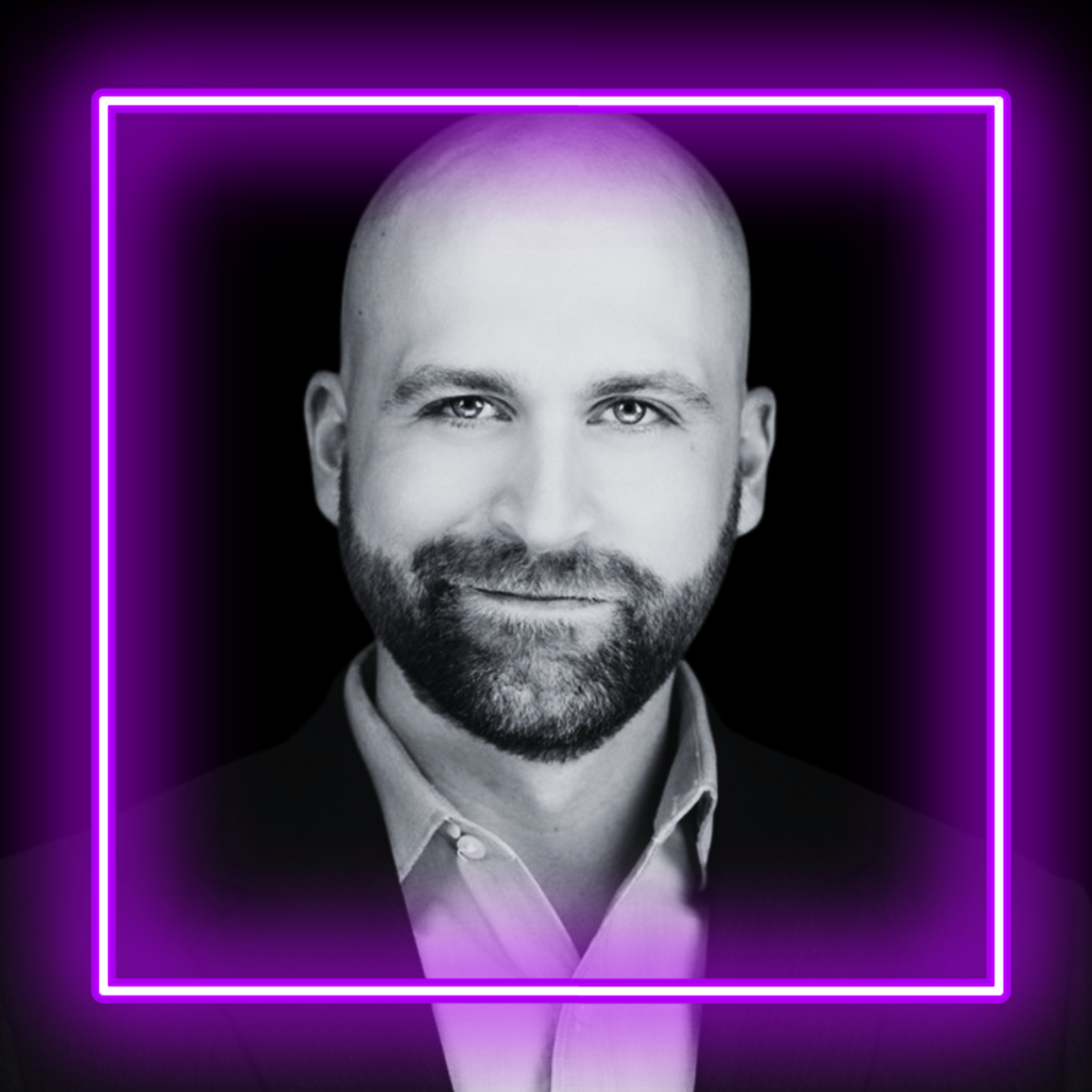Sean Bedingfield - Senior Advisor at Eli Lilly’s Genetic Medicine division
Sean Bedingfield - Senior Advisor at Eli Lilly’s Genetic Medicine division
Biography
Sean Bedingfield is a specialist in RNA delivery with work spanning multiple modalities and platforms. He is currently in Lilly’s Genetic Medicine division working in early discovery efforts across multiple therapeutic areas. He leads a small team in a blend of internal platform development, external collaborations and vetting external technologies. Lilly’s interests are broad and ambitious in genetic medicine, as highlighted by their public partnerships including Dicerna, Verve Therapeutics, Scribe Therapeutics, Entos Pharmaceuticals and acquisitions such as Prevail and Akouos. Receiving his PhD in Biomedical Engineering from Vanderbilt University, his publications include high impact papers relating to intracellular assay development, RNA delivery leveraging targeted nanoparticles, protein engineering applications (now licensed by Anchor Biologics), and nanomedicine-related material science investigations. Prior to this role, he worked as a technical lead in business development for Pendant Biosciences.
Interview
NanoSphere: Tell us a bit about yourself—your background, journey, and what led you to where you are today.
Sean: I wandered into drug delivery by following my love for cheese. I interned at the Cheese Innovation Center, a food science research facility that had recently sold a new ghost pepper cheese to Kraft Foods. I was exposed to the creative strategies food scientists use to formulate nutrients to retain in cheese matrix, mask nutrient flavor, or embed flavors into cheese as it matures. After eating my weight in cheese, I opted to pursue research in delivery strategies in medicine over food where the budget for formulation technology was substantially improved.
The complexity of human health, drug development and genetic medicines drew me in. It has consumed my life, dictated where I live and made me daydream about science on the train or at the park.
The last five years at Lilly have revolved around learning to see long-term, creating the right range of risk across a project portfolio, becoming more mindful of the near-future state of patient care and better assessing what best falls into the “next possible” category.
We are finally through enough hype cycles that RNAi is ready to expand quickly in extrahepatic spaces. The technology and foundation of knowledge are paid for in dollars and tears. Now it’s time to see cool things happen.
Once all the criteria are reviewed, you often have collected some reason to cross established options off the list. This is why the drug is not in the clinic already and why we end up pursuing experimental options that carry risk. So you read the papers, you talk to experts, you look for technology in neighboring fields you could adopt, and start trying things in your own hands to see what is real.
This is a general oversimplification but it’s a general philosophy. I cannot provide specific collaboration details but it comes to life in our field over five stages:
NanoSphere: You’ve said early discovery work is home for you, but that it only feels right when you’re making progress toward handing off an asset for IND and beyond. What has this process taught you about aligning scientific creativity with regulatory and clinical realities, and have there been any key moments where you had to pivot—maybe rethinking the biology, delivery system, or formulation strategy entirely?
NanoSphere: You’ve described the challenge of delivering more from our drugs—enhancing efficacy, reducing side effects, and treating the untreatable—as something you’ve committed to solving through genetic medicine and next-gen delivery platforms. In your experience, which therapeutic modality—RNAi, CRISPR, peptides, or next-gen antibodies—do you think holds the greatest potential right now, and how do you approach matching that with the right delivery vehicle? Could you share how that philosophy has come to life in one of your collaborations, perhaps with Roche, or Alnylam?
Sean: There’s no doubt - we are deep in the golden age of biologics. Delivery plays like fusion proteins, antibody-drug conjugates and radiopharmaceuticals are filing into clinical pipelines. Peptides are having a moment.
Gene editing and gene therapy are facing some glaring headwinds. The complexity stacks beyond RNAi, especially in delivery. VC funds are nervous and much of pharma has decided to go “turtle mode” and shy away from such ambitious projects. But those willing to stick it out will be the part of a smaller crowd with the experience and momentum to take the market share with less competition.
Across modalities, matching delivery approaches takes some homework. What routes of administration (RoAs) will be tolerated by the patients? Or by the clinicians required to administer them? Having landed on the acceptable list of RoAs, you review established delivery options to see what will match your needs for a target product profile. What is the required dose? Durability? Accepted safety profile? It’s like when a friend invites you to play an elaborate board game with a million steps, but the challenge of learning is compounded by the rules changing every week.
Once all the criteria are reviewed, you often have collected some reason to cross established options off the list. This is why the drug is not in the clinic already and why we end up pursuing experimental options that carry risk. So you read the papers, you talk to experts, you look for technology in neighboring fields you could adopt, and start trying things in your own hands to see what is real.
This is a general oversimplification but it’s a general philosophy. I cannot provide specific collaboration details but it comes to life in our field over five stages:
1) You discover / license / develop a platform delivery technology
2) You run through the list of possible uses, do some reading, talk to experts, look at the competition in that use case
3) You ask for funding / internal resources / partnerships around a specific use case
4) You either get resources / partnerships OR you get free hard questions / feedback to refine or reject your initial use case match
5) If you did get resources, you advance the application until it works or it doesn’t, again leading to refining or rejecting the initial use case.
Many of us in the NanoSphere are doing this constantly with either different platforms or new iterations of the same platform. You can spend years on one step before advancing or make a whole career out of a single step.
NanoSphere: You’ve said early discovery work is home for you, but that it only feels right when you’re making progress toward handing off an asset for IND and beyond. What has this process taught you about aligning scientific creativity with regulatory and clinical realities, and have there been any key moments where you had to pivot—maybe rethinking the biology, delivery system, or formulation strategy entirely?
Sean: The process has taught me that scientific creativity needs a box to live in – a set of design criteria that helps you prioritize between all the insane things a delivery scientist can do. If your delivery project is an oral peptide project, you need a pragmatic list to keep you on track. How much time do you have? What infrastructure do you have in place for making new formulations and testing them? What is the bandwidth of those workflows? How much do you need to improve your existing product? How likely are your ideas going to meet those improvements? How much risk does it add to the drug tolerability? Will that excipient bring challenges to regulatory approval? Is the benefit with those challenges?
Nearly all these questions are impacted by the biology, the delivery system, and the status of the resources available to you in an awkward, interdependent way. And if you can’t answer those questions, your first task is to read up, generate data, and talk to people until you have enough familiarity with the technology to answer with confidence.NanoSphere: If there’s one key message or insight you’d like to share with readers about the future of nanomedicine, what would it be? If funding and technical limits were removed, what would your dream therapeutic delivery system look like, and which patient population would benefit first?
Sean: Thank you for asking this. I receive many, many messages from early and mid-career scientists that don’t feel they have a path forward in nanomedicine or drug delivery. And they feel they’ve failed in some way because timing and circumstance has not been kind to them. The field is facing a challenging time. Destabilization in public and private funding as well as disruptive changes in the US healthcare system have caused the type of projects that require novel delivery solutions to struggle. Many good scientists are struggling for placement and facing unemployment or underemployment. If this is you, do not think less of yourself. If you cannot find a way to stay in this game and need to find other technical roles, I hope you can look back on your time in this field with the pride of knowing you earned your membership in this incredible field – and you do not lose that membership just because you changed jobs. On to your question about my dream delivery system: I would love to figure out how to engage and manipulate the body’s endothelial cells with gene therapy to reduce systemic inflammation and atherosclerosis. Lots of cool work happening right now with lipid metabolism inflammation. That seems like only one (critical) piece of the puzzle. We can train the vasculature to better handle aging.
Sean: Thank you for asking this. I receive many, many messages from early and mid-career scientists that don’t feel they have a path forward in nanomedicine or drug delivery. And they feel they’ve failed in some way because timing and circumstance has not been kind to them. The field is facing a challenging time. Destabilization in public and private funding as well as disruptive changes in the US healthcare system have caused the type of projects that require novel delivery solutions to struggle. Many good scientists are struggling for placement and facing unemployment or underemployment. If this is you, do not think less of yourself. If you cannot find a way to stay in this game and need to find other technical roles, I hope you can look back on your time in this field with the pride of knowing you earned your membership in this incredible field – and you do not lose that membership just because you changed jobs. On to your question about my dream delivery system: I would love to figure out how to engage and manipulate the body’s endothelial cells with gene therapy to reduce systemic inflammation and atherosclerosis. Lots of cool work happening right now with lipid metabolism inflammation. That seems like only one (critical) piece of the puzzle. We can train the vasculature to better handle aging.

